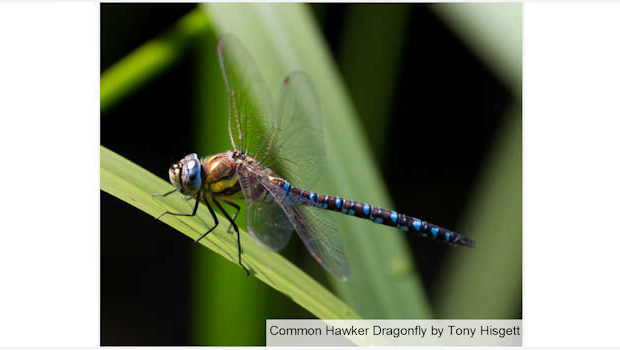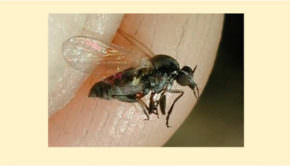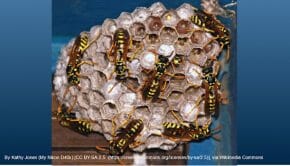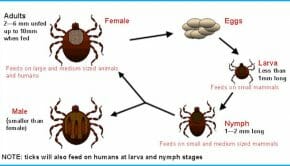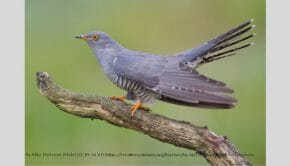Biodiversity Group Insect of the Month: The Dragonfly
There are about 6000 named dragonflies in the world and Britain has approximately 40 of these. Dragonflies have a head, thorax, abdomen and exoskeleton. The head is large with short antennae and dominating it are 2 compound eyes made up of thousands of 6-sided units. Together these smaller eyes enable it to see, colour, ultra violet light, polarisation and to detect the slightest movement from 15m away. The thorax has two pairs of wings and three pairs of legs which are mostly used for catching and holding prey, perching and climbing on plants. The males have a row of spines on each of its front legs which are modified to form an ‘eyebrush’ for cleaning the surface of its eyes. The female lays her eggs in or near water on floating or emerging plants. After about 2 – 5 weeks the larvae emerge. They spend all of this next stage under water moulting up to 15 times before developing into an adult. Depending on the species this can take between 1 and 5 years. At both the larvae and adult stages they are voracious hunters with the larvae feeding on other small water dwellers including tadpoles and even small fish and the adults taking most flying insects including dragonflies smaller than themselves. Adults rarely live more than 2 months with most only surviving 2 – 3 weeks dying from accidents, predation and starvation as in poor weather neither they nor their prey can fly.
Did You Know?
- Dragonflies’ predecessors stalked the earth almost 300 million years ago, pre-dating birds by some 150 million years. Fossils show some had wingspans of up to 2 feet.
- 80% of a dragonflies’ mental processes are devoted to vision and it is thought they have better colour discrimination that humans.
- The large hawker dragonflies can fly at between 25 – 30mph with a cruising speed of 10mph.
- Males are very territorial battling constantly to obtain and defend a length of water’s edge.
- Studies have shown that dragonflies do not chase their prey but during a hunt calculate several things: the distance of their prey, the direction and speed of the prey and then the angle of its own approach so that it is ready and waiting for the unsuspecting insect.
- Although they are sometimes called ‘horse stingers’ they do not sting.

